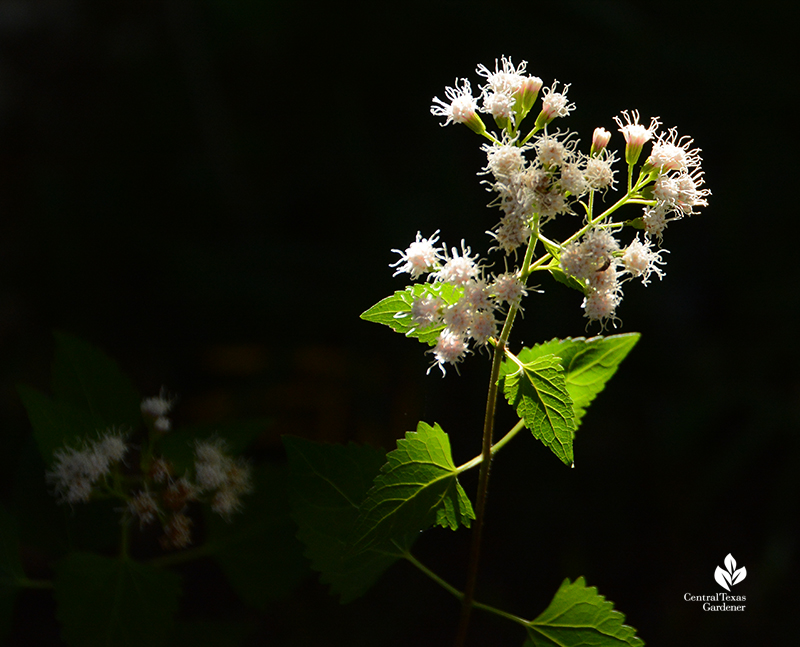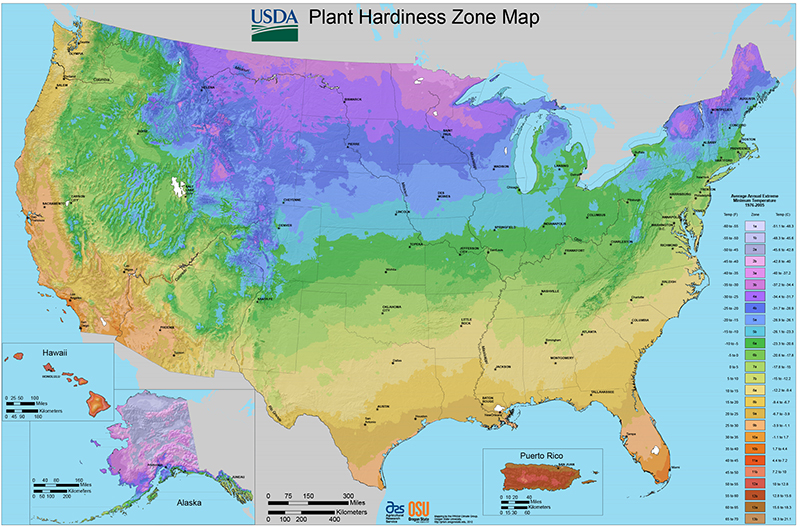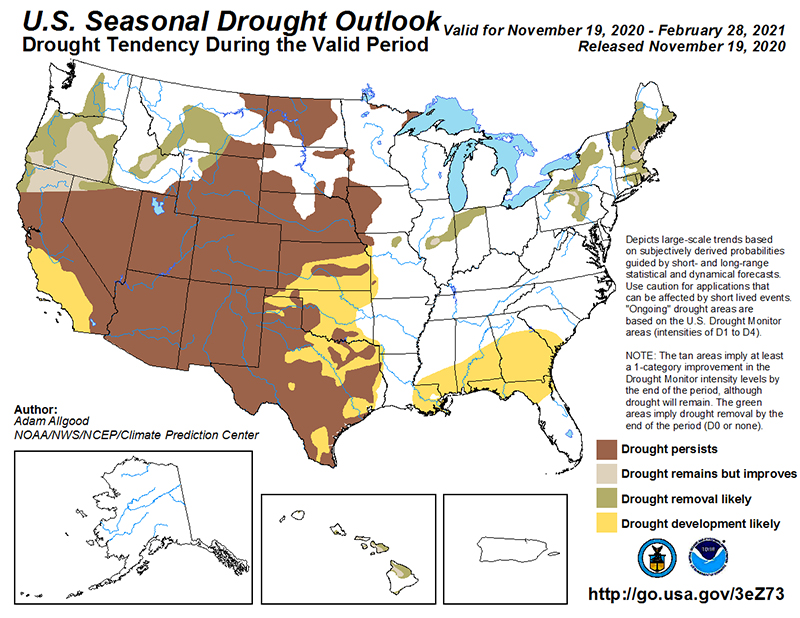November 19, 2020
From Drought to Deluge: Top Tips for Garden Success
Gardening is mighty tricky in Central Texas! Along with soil challenges and swings between drought and flooding rainfall, extreme heat and sudden freezes can turn our landscape visions into wishful dreams. Never fear, the Travis County Master Gardeners are here to help with From Drought to Deluge: The Resilient Central Texas Gardener.

Sheryl Williams, Drought to Deluge co-editor with Caroline Homer, and horticulture program assistant with Texas A&M AgriLife Extension, joins me behind the webcam with a few top tips to navigate the path to success, wherever you live. Spoiler alert: Serious info interrupted by hilarity.

She’s also a Master Gardener who knows what we’re up against from her own hands-on success and failures.

Well, I was certainly clueless when I started out (and many days still am!). I didn’t really understand that soil (or lack of it) is at the root of our success. Sheryl defines the three geological regions that intersect in Central Texas: the Edwards Plateau, the Blackland Prairie, and the Post Oak Savannah Flood Plain. The division isn’t always so clear cut. Sheryl’s on the dividing line of IH-35, where neighbors up the street shovel through Edwards Plateau rocks. Downhill in her garden, she’s never found a rock in her Blackland Prairie clay.

I’m in the Blackland Prairie, east of IH-35. In the beginning, wide, hard cracks in my clay soil defied digging in dry weather and clogged up my shovel when wet. I even made “pottery” with it one time.
So, native or even adapted plants that want rocky land totally failed. One reliable native shrub for me is Ageratina havanensis. I’ve heard it called by many common names: shrubby boneset, white mistflower, and even snakeroot. This one’s young, but will become a rounded shrub to 3-6’ tall.

Shrubby boneset adapts to rocky cliffs and all kinds of well-drained soil, including clay. Gradually, I improved drainage and general soil health with leaves and compost.

Then, I had to learn about light patterns, another essential factor that Sheryl notes. A. havanensis works in part shade that’s dazzled with occasional harsh sunlight (woodland edge conditions).

However, many plants are pickier. They simply won’t work if the light isn’t right. Plus, when we’re selecting plants, we can’t just rely on USDA Plant Hardiness Zones. Sheryl’s from the Pacific Northwest in Zone 8 which is the same zone as Austin. But without question, we can’t grow all the same plants!

Sheryl also points out that drought conditions don’t always mean that true desert plants will stick around. Inevitably, we get bucket loads of rain. In cold weather, saturated soil can totally rot succulents and other xeric plants, especially in heavy soil.

Right now, I’d give anything for even one bucket of rain! After one of the hottest summers on record, and November ending as one of the warmest ever, we’ve had less than ¾” of rain over the last two months. In this flash drought, even my most xeric plants are protesting.
Check drought status in Texas.

Here’s a seasonal outlook that updates daily, too. Sigh. Just as in Austin we’re entering wastewater averaging.

In my garden, native perennial Skeleton-leaf goldeneye (Viguiera stenoloba) waltzes through drought, deluge and clay soil (though lightened up over the years).

This spot is in bright light, shaded by a large tree until late afternoon when it’s blasted by harsh sunlight. In winter, it’s in full sun more hours of the day when the tree lets go of its leaves, but they’re cooler hours!

Believe me, I fail a lot at this gardening thing. And that’s how we learn—and then learn over and over again as our gardens change and weather throws us yet another curve. Drought to Deluge will spare you lots of frustration and help you understand, plan, plant, water, and maintain. Order online on the Travis County Master Gardener site. BookPeople will have copies, too, and watch for it coming to local nurseries.
Texas A&M AgriLife Extension-Travis County has helped me since day one. Over the years, they’ve grown a valuable website with planting guides and resources that cover just about anything under the Texas sun. Plus, find out about webinars and community events (once in-person education resumes).

Watch Sheryl’s interview now!
Thanks for stopping by! See you next time, Linda
tags:

